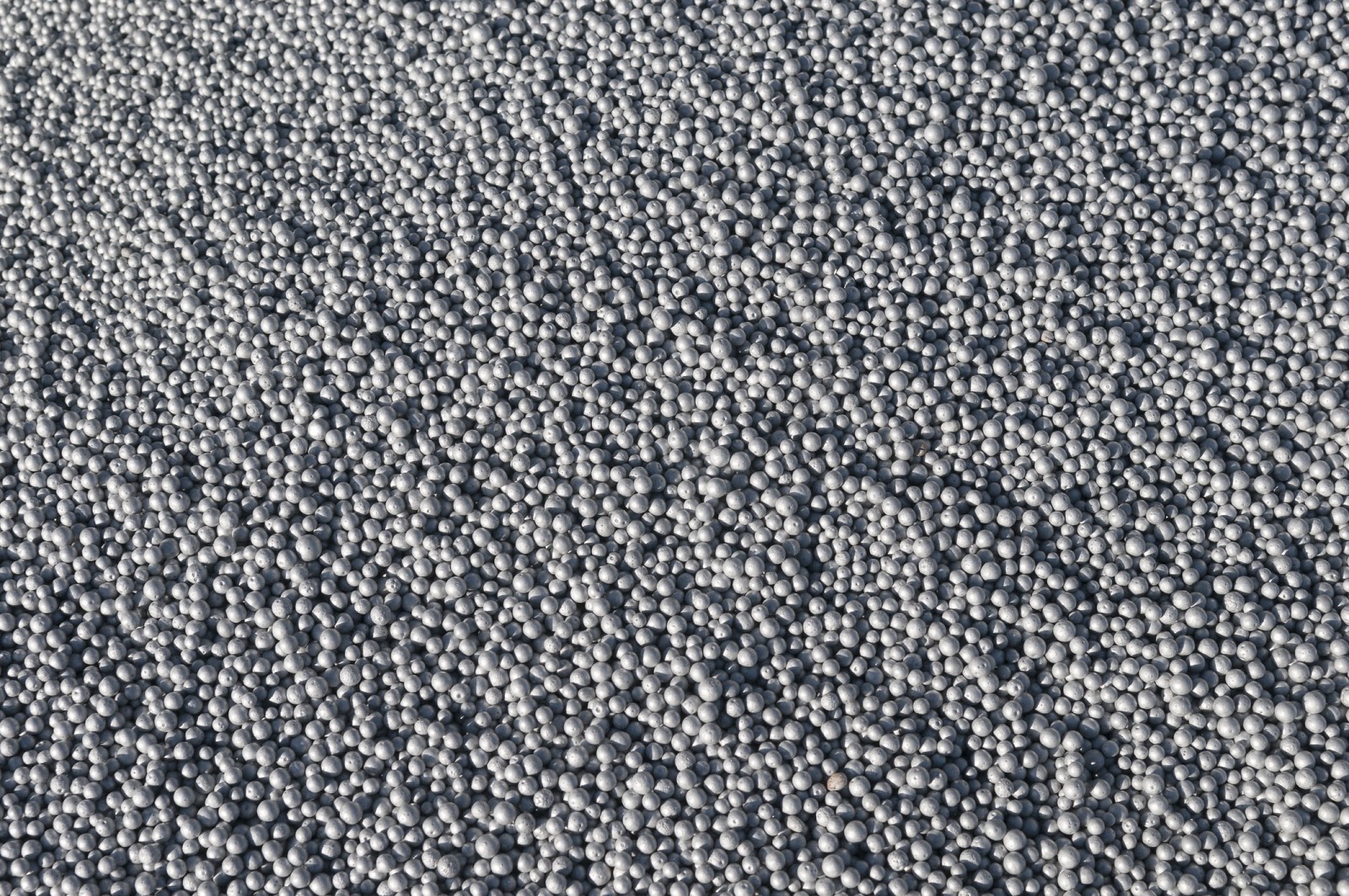Microbeads are composites of nanosized magnetic particles embedded in a non-magnetic matrix, the size of each bead in the range of micrometer diameter. Microbeads were originally the discovery of John Ugelstad, who was able to create uniform polystyrene spheres. Magnetic microbeads are superparamagnetic microbeads that specifically only become magnetized in the presence of a magnetic field, and this is a reversible phenomenon. These microbeads, made of materials with magnetic properties such as magnetite, have several uses in scientific research. An important use of magnetic microbeads is for separation of biological molecules from mixtures.
Magnetic microbead types
The surface of magnetic microbeads will be modified to specifically bind a molecule that you are interested in separating from a general mixture, such as cell lysate. This can be either directly binding a molecule of interest within a heterogeneous mixture of molecules or indirectly by binding a molecule that binds your molecule of interest. Often this process involves antibodies. Antibodies specific to your molecule of interest may be pre-conjugated directly to the bead or the pre-conjugation can be with a secondary antibody for an antibody that will bind your molecule that you wish to separate. Magnetic microbeads are also used to separate nucleic acids, DNA and RNA. Silica coated beads are used to bind DNA or RNA in the presence of buffers optimized for ionic strength and pH.
General protocol for use of magnetic beads
Magnetic beads are purchased or pre-made to bind to your molecule of interest in a heterogeneous mixture. Commercially available types of beads are discussed below. Magnetic beads are mixed with a solution that contains your molecule that you want to separate. Magnetic beads are given time to bind molecules in the mixture. The mixture is placed in the presence of a magnet and magnetic beads are held against the edge of the mixture container by the force of the magnetic field. While the beads are held in place by the magnet the rest of the mixture can be moved into a new container. Depending on your experimental needs, you may keep the molecule bound by the beads or the mixture that no longer contains that molecule. Once the beads are removed from the magnet they will no longer stay bound to the edge of the container that they are in.
Why use magnetic microbeads?
Techniques utilizing magnetic microbeads have grown in popularity for biological molecule separation in research and industry. There are several reasons why they are favoured. The beads produce good yields and reproducible results. This is because the process is simple and easy, and even scalable (up to tens of litres with modern biomagnetic separation systems). As you read in the protocol, one simply has to put the mixture on a magnetic rack or stand, and the beads will strongly and effectively bind the edge. This means there is little loss of material in the process, and there is little room for error. Scaling up has become easier as well, as large magnets have been made for use in the laboratory, development, and industrial use.





